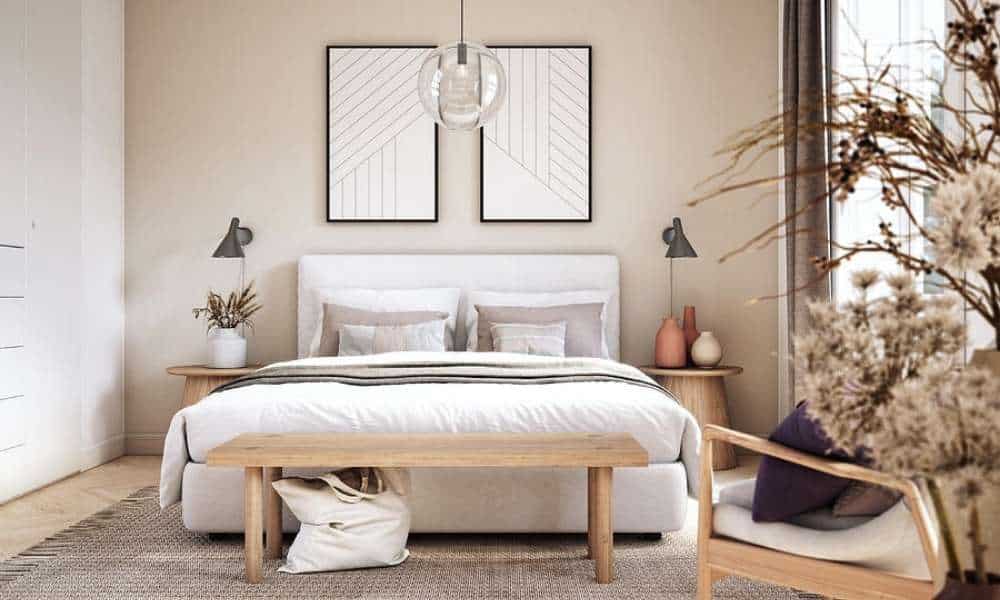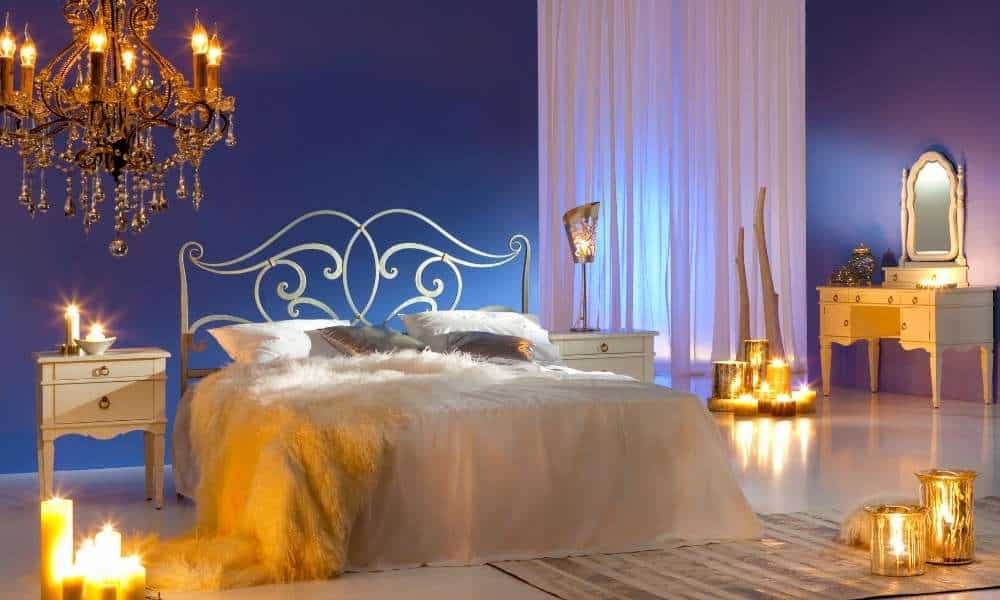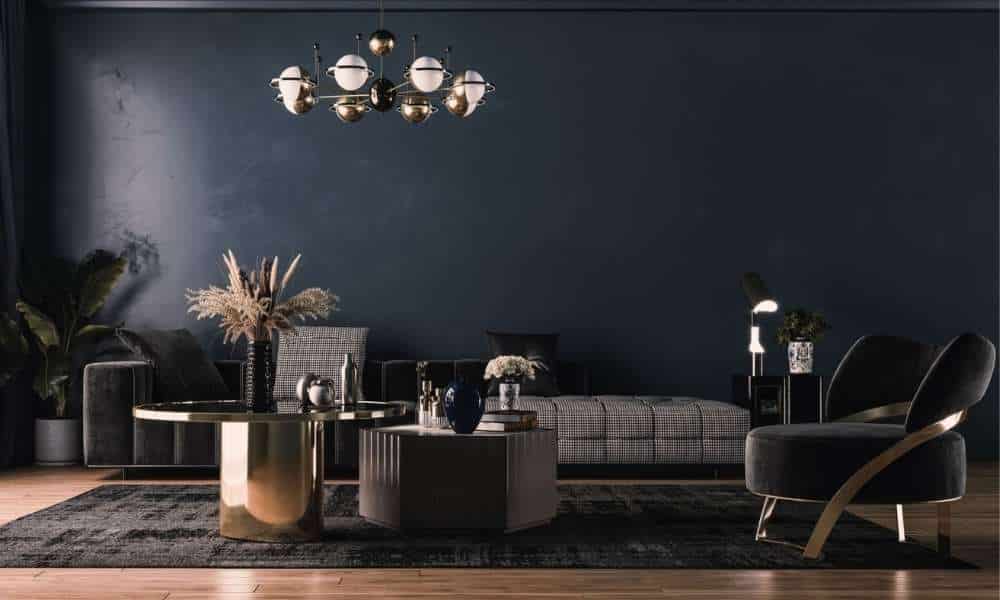Choosing the best light bulb color For living room can Be surprisingly complex. It’s not just about picking A shade, It’s about setting the right mood, Enhancing decor, And even impacting your well-being. Many homeowners struggle with this, Often settling For lighting that’s either too harsh Or too dim, Failing to capture the room’s true potential. In this blog post, We dive into the heart Of this problem And offer you a beacon Of clarity. From understanding color temperatures To matching your room’s ambiance, We promise solutions that will transform your room into A beautifully lit sanctuary.
Types of Light Bulbs

Understanding the different types available is pivotal. Incandescent bulbs, once the standard, offer a warm, inviting gleam but are less energy-effective compared to ultramodern druthers. LED bulbs have become increasingly popular due to their energy effectiveness and long lifetime. They come in a range of color temperatures, allowing for lesser customization of your living space. Compact Fluorescent lights( CFLs) are another option; they use lower power than incandescent bulbs and have a cooler light, which is great for a contemporary setting. Halogen bulbs give a bright, white light, nearly mimicking natural daylight, and are particularly good for fastening on tasks. Each type of bulb has its unique characteristics in terms of quality, energy consumption, and cost, making it important to choose one that aligns with your specific requirements and preferences.
Understanding Bulb Color Temperature

The conception of color temperature, measured in Kelvins, is essential in opting for the right lighting. Color temperature refers to how warm or cool the appears. Lower Kelvin figures mean the light is warmer, emitting a cozy, unheroic tinge, analogous to night. On the other hand, advanced Kelvin values indicate cooler, suggesting the crisp, amping of a bright sunny day. Warm creates a comforting atmosphere, ideal for gloamings. In discrepancy, cool light is more amping and suitable for tasks that bear focus and attention. Understanding this conception helps in choosing a bulb that not only enhances the room’s aesthetics but also caters to its functional requirements.
Consider Each Room’s Function
The room serves multiple purposes, from being a comforting space to an area for social gatherings and entertainment. The function of the room should guide your choices. For areas where you might read or do work, consider brighter, and cooler that enhance focus and clarity. In discrepancy, for areas devoted to relaxation or watching television, softer, warmer would be more applicable, furnishing a comfortable and tranquil terrain. malleable lighting results, similar to dimmers or smart lighting systems, can offer versatility, allowing you to alter the grounded on the room’s use at any given time.
Pick Your Fixtures

The institutions you choose play a significant part in how light is distributed and how it contributes to the room’s overall aesthetic. depressed lighting can produce a clean. Streamlined look and is excellent for general lighting. Pendant lights and chandeliers can serve as focal points, adding style and character to your living space. bottom and table lights are perfect for task lighting. Similar to reading or stitching, and can be moved around as demanded. Wall sconces can give fresh layers, enhancing the air and furnishing a warm gleam. The right combination of institutions can transfigure your living room into a protean space that caters to colorful conditioning and moods
Warm Light vs Cool Light: Pros and Cons
Warm light, with its cozy and comforting gleam, is perfect for gloamings and for creating a tranquil, inviting space. It’s frequently associated with relaxation and calmness, making it ideal for living areas where you decompress. On the other hand, cool is amping and crisp, better suited for focus-acquainted tasks or creating a lively atmosphere. It’s excellent for reading or any exertion that requires an advanced position of attention. Understanding the pros and cons of each can help you decide the stylish for different times of the day and colorful conditioning.
How to Choose the Right Bulb Color
Choosing the right color for your room involves assessing your scenery and cabinetwork. The light should round your room’s style, whether it’s ultramodern, traditional, or miscellaneous. Consider the natural your room receives; you might want to round the daylight with cooler lights or discrepancy it with warmer tones for the evening. Experimenting with malleable color temperature bulbs can offer inflexibility, allowing you to change the air of the room with just a switch.
Installing and Positioning Light Bulbs for Optimal Effect
The placement of bulbs can significantly affect the overall effect. Aim for a balance of light sources to avoid murk and ensure indeed lighting throughout the room. exercising dimmers and smart lighting results can give lesser control over. Allowing you to acclimate the brilliance and color temperature according to the time of day or your current mood. This rigidity enhances both the functionality and air.
Discover expert tips on how to layer rugs in your living room to create a stylish and cozy space. Learn the best techniques for combining textures, patterns, and colors to elevate your home décor.
Conclusion
As we reach the end of our disquisition into chancing the stylish color for your living room. This choice is further than just a detail in the home scenery. It’s a subtle yet important element that shapes our diurnal gests and feelings. As you choose your bulb, consider not just its brilliance and color, but the memories that will be created under its warm illumination, transforming a simple room into a haven for life’s moments. In every gleam, there is an implicit to not just light up a room, but to over lives. Flashback, the stylish light is the bone that reflects the beauty of the life lived beneath it.






